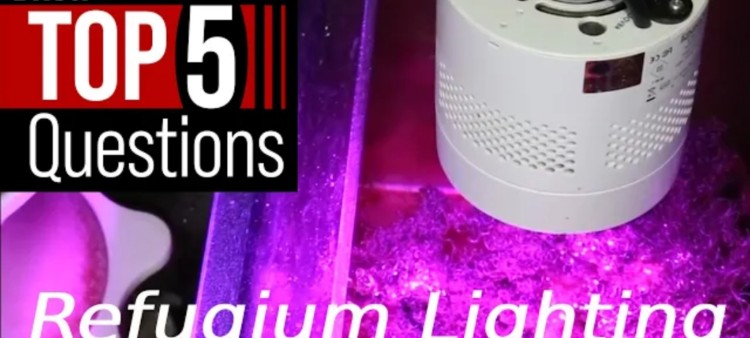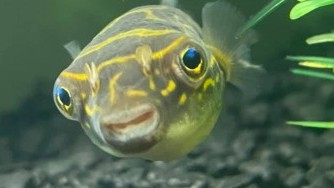Refugium Lighting: All Questions Answered
- Apr 11, 2022
- Anshika Mishra
- 724 0 0

Here are some of the most frequently asked questions on Refugium lights:
Q1. What color Light is Best?
The majority of refugium lights available use a hydroponic spectrum containing mostly or only blue and red diode, producing a Blurple scope or a color of light.
The red and blue diode focus on the most important peeks for photosynthesis and emit white or full-spectrum diodes to try and get the most par per watt out of the fixture since the light doesn't need to be visually pleasing to our eyes.
Q2. Can I use white light?
Absolutely. And in most cases, many still prefer to use white light over their Refugium because it makes viewing and monitoring the macroalgae easier.
The PAR difference is also isn't quite as dramatic as you might think, so you won't suffer a major difference in growth if you prefer to use a full-spectrum white light. Just be sure that it is still meant to grow aquatic plants or corals, so it contains the necessary photosynthetic peaks for rapid growth.
Refugium lights offer growth in the BLurple growth spectrum and a bit of white light, so you can switch between the two when doing maintenance or checking on the algae, giving you the best of both worlds.
Q3. How much light do I need for Refugium?
How much light you need for your Refugium can vary quite a bit. But the general school of thought is that if you want to outcompete the algae growth in your display tank, your refugium lights should be providing at least the same amount of PAR as your display tank lights.
That doesn't mean that you need the same light fixture for your Refugium since your Refugium is likely way smaller than your display tank. You need a light source that will achieve similar PAR numbers for that smaller space.
With that said, if you have a lot of fish and tend to feed a lot, you may find that having a stronger refugium light will perform better at reducing nutrients like nitrate and phosphate since the macroalgae will be able to photosynthesize at a higher rate.
Q4. When should the refugium lights be on, and for how long?
Our instinct is usually to have lighting on during the day; the best time to run our refugium lighting is actually at night while our display tank lighting is off.
The primary reason for doing this is to help prevent those nightly pH swings, which is just another great reason to run a refugium.
While all the corals are photosynthesizing during the day, they soak up CO2 in the tank, and the pH stays high. But when the lights go off on the tank, the CO2 can creep back up, and the pH drops.
By running the Refugium at night, the macroalgae can soak up that CO2 instead, which prevents the pH from dropping like it normally would.
Q5. Do I need to tumble Chaeto?
No.
But, there are some benefits to doing it. Tumbling your Chaeto will make sure that it gets lit up evenly from all sides for maximizing growth which can be helpful o prevent unwanted die-off at the bottom of the Refugium, where the light has the hardest time reaching.
Tumbling Chaeto also keeps it from trapping debris and cleaner the refugium area. It also ensures that the nutrient-rich water from the display travels through all of the Chaeto instead of just over the top or wherever the path of least resistance is.
However, you don't necessarily need to tumble your Chaeto, but it can help.






About author